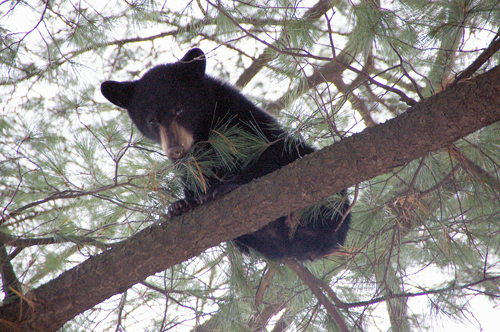Not the time to burn
It’s pretty dry out there — so dry that a forecast of rain early this week dried up. National Weather Service meteorologists in Burlington, Vermont, still say our area might get rain Wednesday through Friday — possibly mixed with snow Friday — but in a tweet Monday they said it probably won’t help much with the dry conditions.
Our local volunteer fire departments have already responded to several wildfires.
The state Department of Environmental Conservation’s online map shows fire danger is low statewide, but DEC Region 5 spokesperson Erin Hanczyk said that can be a bit misleading. There is still a lot of dead fuel on the ground, and it’s getting dryer every day. It could ignite easily.
As you clean up your property this spring, please don’t be tempted to burn brush or other debris. It’s against the law, and for good reason.
In all Adirondack towns, open burning of brush is prohibited unless you get a permit from the DEC. And those permits are unlikely to be approved at this time of year because a residential burn ban is in place all over New York from March to May, as it has been every spring since 2009.
There are other ways to get rid of brush. If you must burn it and are willing to seek a DEC permit, wait until after the burn ban ends on May 14. (Burning leaves or garbage is prohibited year-round in New York, by the way.)
“Open burning of debris is the largest single cause of spring wildfires in New York state,” the DEC said in a March 9 press release. “In 2020, DEC Forest Rangers extinguished 192 wildfires that burned a total of more than 1,122 acres. In addition, local fire departments, many of which are volunteer, all too often have to leave their jobs and families to respond to wildfires caused by illegal debris fires.”
Campfires are not prohibited, but the DEC urges caution and offers these guidelines: ¯ Use existing campfire rings when possible.
– Build campfires away from overhanging branches, steep slopes, rotten stumps, logs, dry grass and leaves. Pile any extra wood away from the fire.
– Campfires must be less than 3 feet in height and 4 feet in diameter. Only charcoal or untreated wood can be used as fuel. A good bed of coals or a small fire surrounded by rocks gives plenty of heat. Scrape away litter, duff, and any burnable material within a 10-foot-diameter circle. This will keep the campfire from spreading.
– Be sure your match is out. Hold it until it is cold.
– Never leave a campfire unattended. Even a small breeze could cause a fire to spread quickly.
– Drown the fire with water. Make sure all embers, coals and sticks are wet. Move rocks as there may be burning embers underneath.
– Stir the remains, add more water, and stir again. If you do not have water use dirt. Do not bury your coals as they can smolder and break out.
– Consider using a small stove for cooking in remote areas vs. making a campfire.
Our advice: You probably don’t NEED a fire this time of year, not really. Wait until summer.
To everything there is a season.



